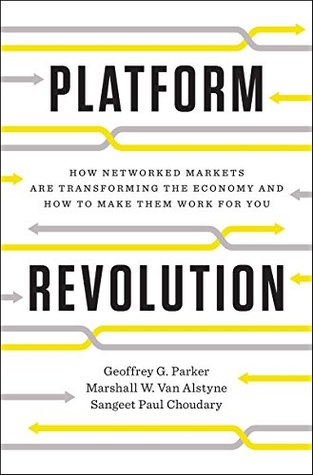More on this book
Community
Kindle Notes & Highlights
Read between
August 28, 2021 - February 4, 2022
We call these adjacent platforms. When a new feature appears on an adjacent platform, it may represent a competitive threat, since there’s a possibility that users of your platform may find the new feature attractive enough to begin multihoming or even to abandon your platform altogether.
When used most successfully, this strategy leads to the phenomenon we call platform envelopment. This occurs when one platform effectively absorbs the functions—and the user base—of an adjacent platform.
A market with little or no niche specialization is particularly susceptible to the winner-take-all effect.
TAKEAWAYS FROM CHAPTER TEN Platform competition is like 3D chess, involving competition at three levels: platform against platform, platform against partner, and partner against partner. In the world of platforms, competition becomes less important that cooperation and co-creation. Control of relationships becomes more important than control of resources. Among the methods that platforms use to compete with one another are preventing multihoming by limiting platform access; fostering innovation, then capturing its value; leveraging the value of information; nurturing partnerships
...more
Nobel Prize-winners Ronald Coase and George Stigler, members of the famous laissez-faire-oriented Chicago School of economics, argue that the vast majority of market failures are best addressed by market mechanisms themselves—for example, by encouraging the free growth of competitors who provide goods and services that produce greater social benefits than their rivals.
Duolingo uses a crowdsourcing platform to teach foreign languages. Its founder, Luis von Ahn, is a computer scientist who never studied language instruction. After reading the most respected books on the topic, he performed comparative tests of the leading theories using the crowds that visited his website and an evolving set of testing tools to measure the results.
In its simplest form, the platform model can make accessing health care faster and more convenient by providing an Uber-like interface that permits people to summon medical help wherever they are. Such a system has already been launched in several cities, including Miami, Los Angeles, and San Diego, by a company called Medicast. Click the Medicast app, describe your symptoms, and a physician is guaranteed to arrive within two hours. The service is popular among doctors who want to earn a few extra dollars during their off-hours.4


